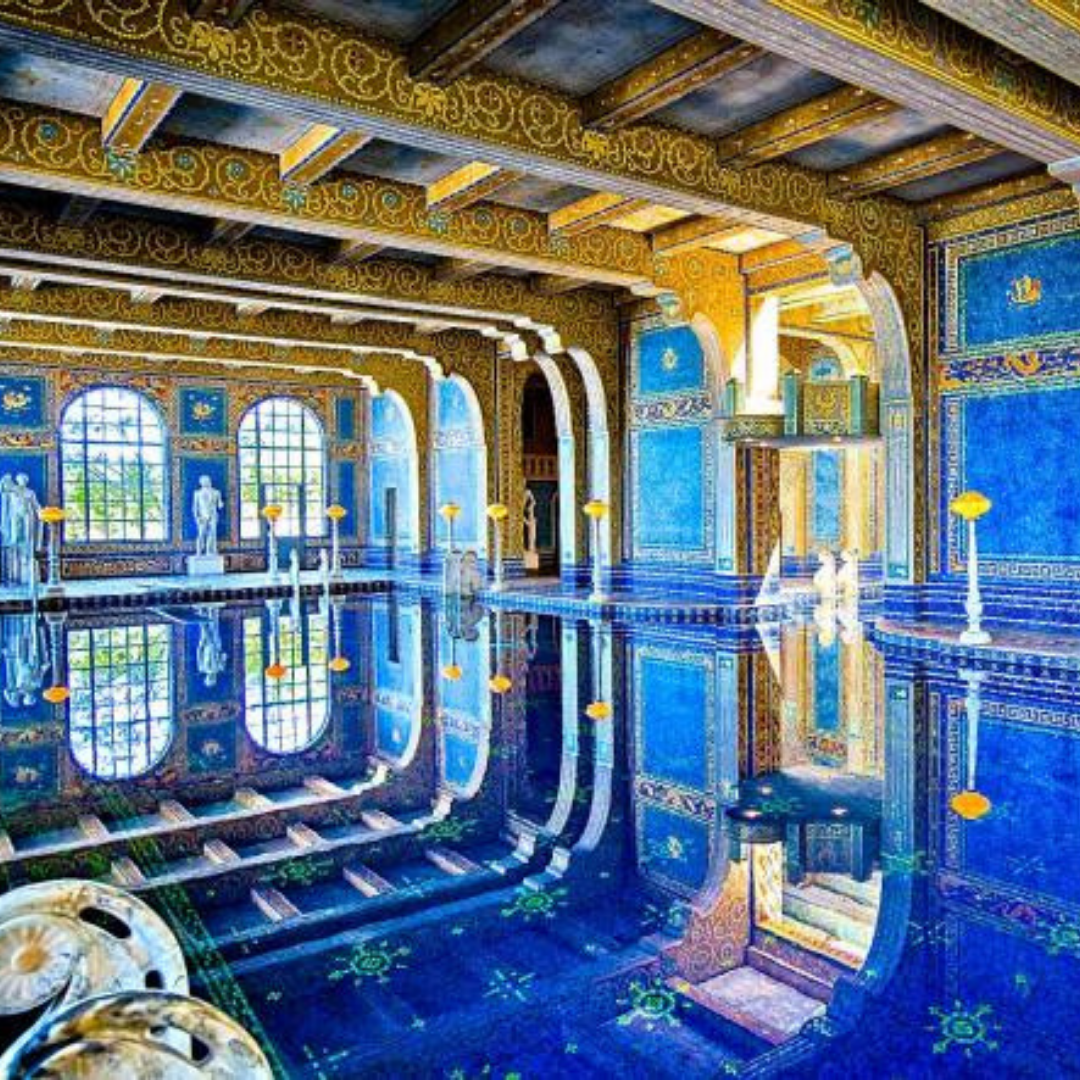Women of Architecture throughout History
Throughout history, talented architects—both men and women—have shaped the world with their visionary designs. In honor of International Women’s Day (IWD), we celebrate the pioneering women who broke barriers in architecture, paving the way for future generations.
Below, we highlight the remarkable stories of seven female architectural trailblazers whose groundbreaking work not only created some of the world’s most beautiful buildings but also inspired countless women to follow in their footsteps.
While these pioneers made history, today’s female architects continue to push boundaries and redefine the built environment, proving that innovation and creativity know no limits.
Gender Disparities in Architecture: Progress and Persistent Challenges
Throughout history, architecture has been a male-dominated field, with women facing significant barriers to entry—especially throughout the late 1800s and early 1900s. While progress has been made, gender disparities persist today. Women have comprised nearly half of all architecture graduates since the mid-1990s, yet they remain underrepresented in senior roles. Research by Dr. Gill Matthewson at Monash University highlights that women still cluster in junior positions, struggling to advance within the profession.
Globally, the percentage of female registered architects has increased but remains below parity. In the United States, women account for approximately 27% of licensed architects, while in the UK, they make up about 31% of the profession. Encouragingly, women now represent 43% of newly registered architects, signalling a positive shift.




Lina Bo Bardi (1914 – 1992)
Lina Bo Bardi is a legend of 20th-century Brazilian architecture. Lina was raised in Italy and studied architecture at the University of Rome, moving to Milan after graduation. Bo Bardi was invited to design the São Paulo Museum of Art in 1947. Suspended above a 70-metre-long square, the museum is now one of the most important museums in Latin America and a masterpiece in the eyes of many.
Bo Bardi also had a passion for magazines, leading her to become the editor of the magazine Quiaderni di Domus and in 1950, starting what was post-war Brazil’s most influential architectural publication at the time, Habitat Magazine.


“Architecture is created, 'invented anew,' by each man who attempts her, who roams her space, climbs a stair, rests on a balustrade, lifts his head to look, open, close a door, who sits down or gets up and makes intimate contact with—and at the same time create 'forms' in—the space [...] This intimate, fiery, contact, that which was perceived by man at the beginning, is today forgotten. Routine and communal places made man forget the natural beauty of 'moving in space,' of his conscious movement, of those little gestures… ”

“In architecture, I had absolutely no role model. I'm happy today to be a role model for others that follow.”

“Architecture is particularly difficult for women; there's no reason for it to be. I don't want to blame men or society, but I think it was for a long time, the clients were men, the building industry is all male. ”


Zaha Hadid studied her art at the American University of Beirut before launching her career at the Architectural Association in London. By 1979, she had established her own practice. Hadid’s striking buildings won her critical acclaim throughout Europe for their organic, flowing forms.
Renowned as a “starchitect”, Time Magazine listed Hadid among the 100 most influential people on the planet in 2010. With Hadid’s practice continuing her work, the trendsetter’s architectural legacy remains alive and kicking six years later.
“As a woman, I'm expected to want everything to be nice and to be nice myself. A very English thing. I don't design nice buildings - I don't like them. I like architecture to have some raw, vital, earthy quality.”

 Price & Spec
Price & Spec







